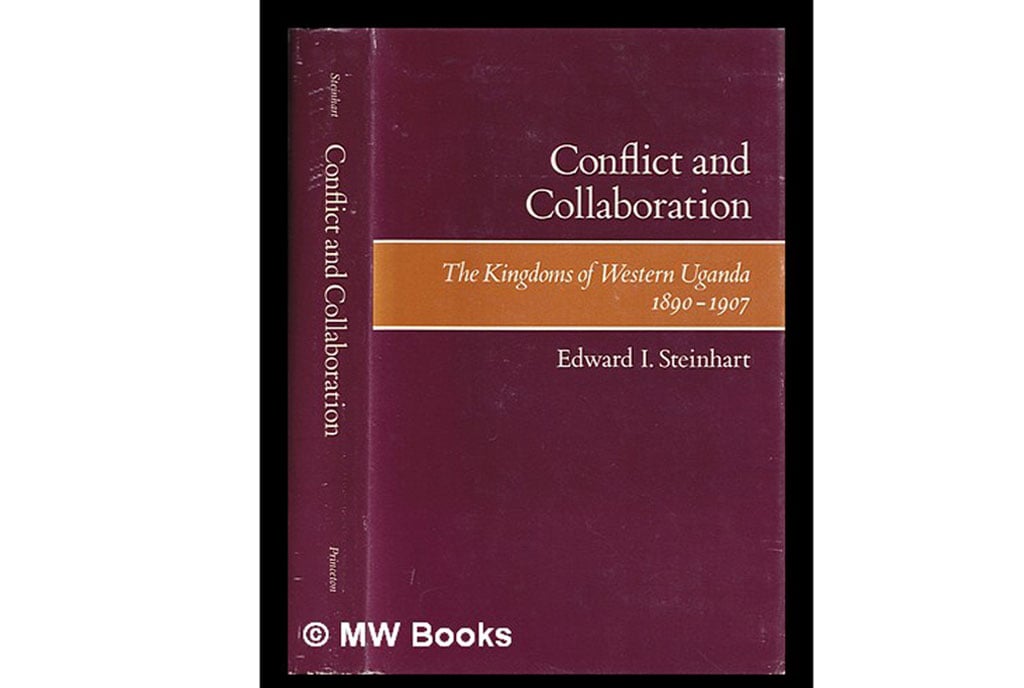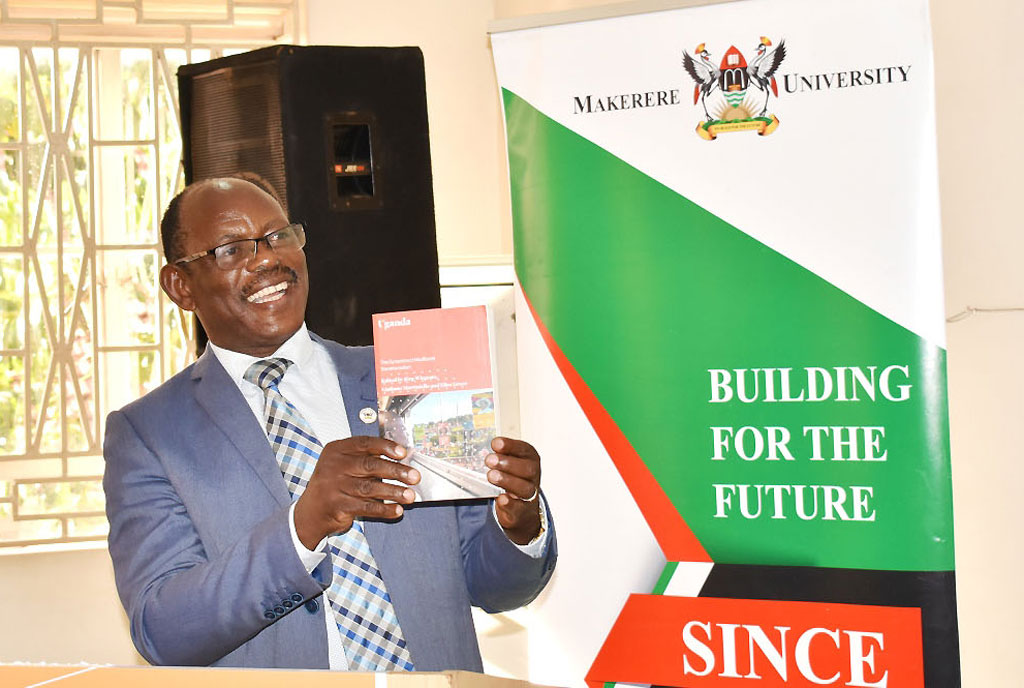Book review: Taking stock of fortunes of kingdoms in the west

Book cover.
What you need to know:
- Book Title: Politics and Class Formation In Uganda
- Author: Mahmood Mamdani
- Year of Publication: 1999
- Pages: 339
- Price: Shs20,000
- Where: Fountain Publishers Library
Conflict and Collaboration: The Kingdoms of Western Uganda, 1890-1907 by Edward I. Steinhart will challenge our received wisdom on Colonial Uganda. The author throws down the intellectual gauntlet first by recasting the terms “collaborator” and “resistor” by examining the contexts in which they were used.
To him, it is not an open and shut case when it comes to the prosecutorial probing of who was a traitor and who was not. It is more complicated than that, the author writes, and must be detached from the western tradition which cast Quisling or Vichy France as perfidious, villainous.
To be clear, the word “Quisling” originates from the surname of the Norwegian war-time leader Vidkun Quisling, who headed a domestic Nazi collaborationist regime during World War II. In similar fashion, Vichy France was the French rump state headed by Marshal Philippe Pétain and set up by the Nazis during World War II.
The author believes that the two terms, Collaborator and Resistor, in Uganda’s context, overlap and interpenetrate to express the complex responses by African political actors during the process of colonisation.
To deny this complexity, he argues, we run the risk of painting, with a broad brush, the two responses to colonial conquest with the colour of misapprehension given to a Manichean simplification of what really happened.
“Instead, the two terms should be descriptive of a homogenous pattern of responses operated in a subtle, sometimes violent, often devious manner to admit to the local arena a host of new, external, and imperial forces,” writes Steinhart.
This approach factors in the accommodation, by African actors, of European overrule in order to preserve spheres of independent political actions that gave the initiative to the said African actors.
The colonialists, for instance, had the deadly Maxim gun and so the so-called collaborators saw the folly of going eyeball to muzzle with such a devastating weapon.
This non-violent approach to superior firepower, then, could be viewed as a political process in which African continuity was sought and found in the adaptation of pre-colonial African institutions and practices to the exigencies of imperial imperatives in order to oil, with an African fluidity, the collaborative mechanism of colonial rule.
Nkore, Toro and Bunyoro kingdoms are viewed here through a pre-colonial lens to give the reader a fly’s eye view of the social interactions, which were based on divisions between pastoralists and agriculturists, whose cleavages exemplified the patterns of colonial conquest and recruitment as well as the varied responses thereto.
A brief segue, the original meaning of the word Munyoro is “a free man not belonging to a pastoral clan” also added a social dimension to Bunyoro kingdom. With respect to the said responses, the author spends a considerable and enjoyable amount of pages on Omukama Kabalega and his so-called Guerrilla Warfare, which was really hit-and-run warfare.
With raids on garrisons, foragers and supply columns, his brand of warfare resembled the Chinese leader Mao Tsé-Tung — ‘The enemy advances, we retreat; the enemy camps, we harass; the enemy tires, we attack; the enemy retreats, we pursue” minus the pursuing part.
Many a time, during these military excursions, Kabalega’s forces failed to press their advantage and this spelled trouble for their warring ways. The author also brings it to our attention that even Kabalega, often cast as an uncompromising opponent to colonial rule, sought to come to terms with the British.
However, a complex set of events and happenstances put paid to that plan. Thereafter, he became an implacable foe of British overlordship.
Notwithstanding the military and technological superiority of the British (and their rump of Ganda and a miscellany of other African fighters) in the face of Nyoro resistance, Kabalega’s army, the Barusura, had faulty intelligence and espionage systems. His army’s misjudgments of enemy intentions were primarily due to how this information received about enemies was parsed for what was relevant and what was not.
Again, Kabalega’s tendency to follow the information of his territorial chiefs over his military chiefs militated against his war efforts to disable his war footing.
“A more serious weakness of the resistance was the inability of the monarch [Kabalega] to formulate an answer to the challenge of occupation. Such an answer must have involved the ability to arouse and sustain popular support from the commoners (Bakopi) which might have transformed the limited guerrilla war into a mass insurrection or people’s war.”
The three kingdoms of western Uganda are largely presented here as victims of either factionalism, primitive technology, opportunism and a range of other factors which ensured that colonialism was a fait accompli, regardless of how they responded to it.
This makes this book somewhat sad and more than a little contentious.




